Wenyin Zhang
School of Information Science and Technology, Linyi University, Linyi, China
Big-Five, MPTI, Eysenck or HEXACO: The Ideal Personality Model for Personality-aware Recommendation Systems
Jun 06, 2021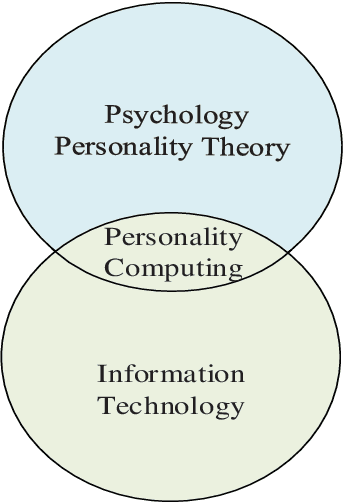
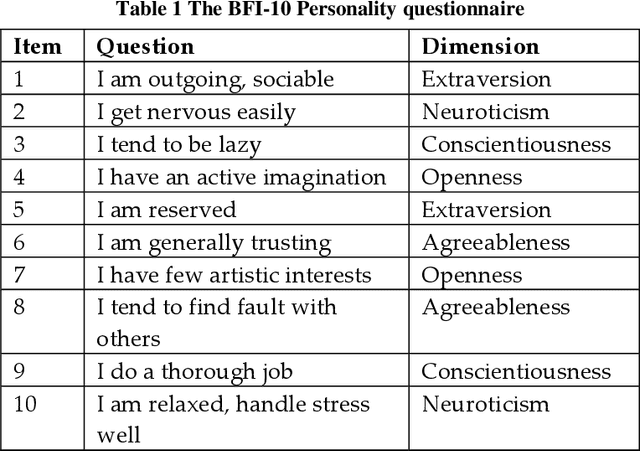
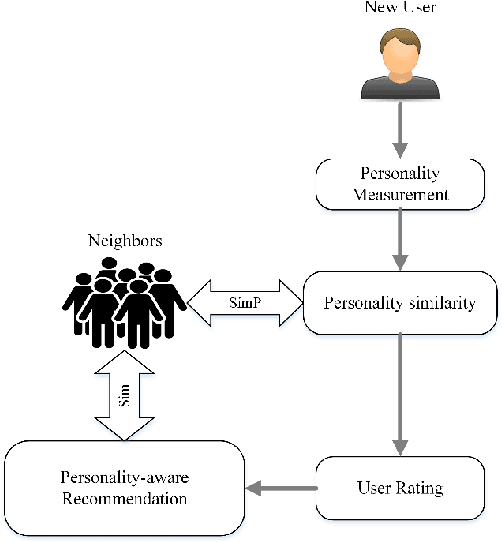
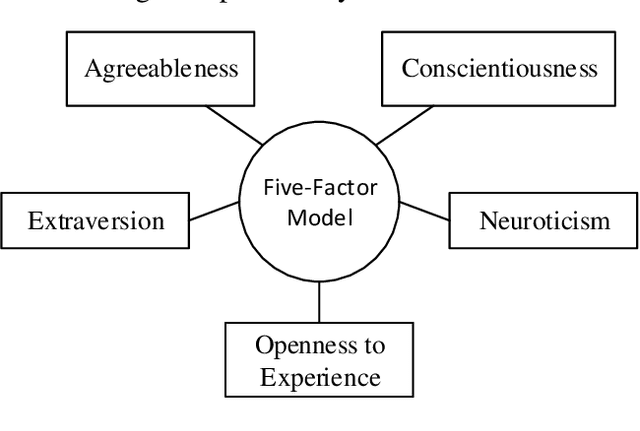
Abstract:Personality-aware recommendation systems have been proven to achieve high accuracy compared to conventional recommendation systems. In addition to that, personality-aware recommendation systems could help alleviate cold start and data sparsity problems. Most of the existing works use Big-Five personality model to represent the user's personality, this is due to the popularity of Big-Five model in the literature of psychology. However, from personality computing perspective, the choice of the most suitable personality model that satisfy the requirements of the recommendation application and the recommended content type still needs further investigation. In this paper, we study and compare four personality-aware recommendation systems based on different personality models, namely Big-Five, Eysenck and HEXACO from the personality traits theory, and Myers-Briggs Type Indicator (MPTI) from the personality types theory. Following that, we propose a hybrid personality model for recommendation that takes advantage of the personality traits models, as well as the personality types models. Through extensive experiments on recommendation dataset, we prove the efficiency of the proposed model, especially in cold start settings.
Image Classification Based on Quantum KNN Algorithm
May 16, 2018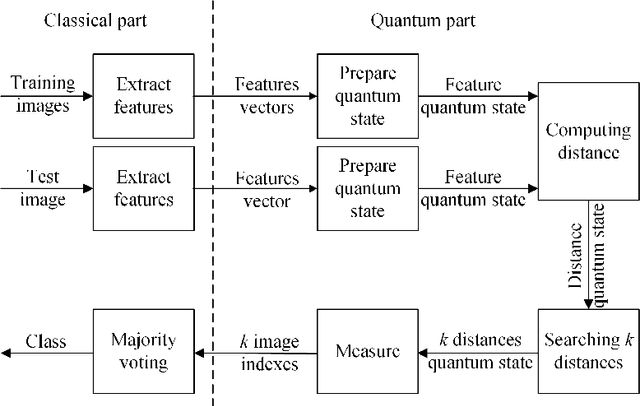
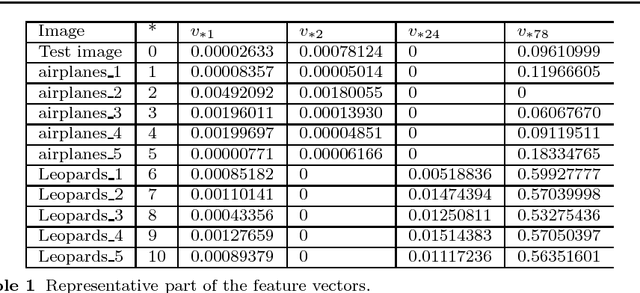
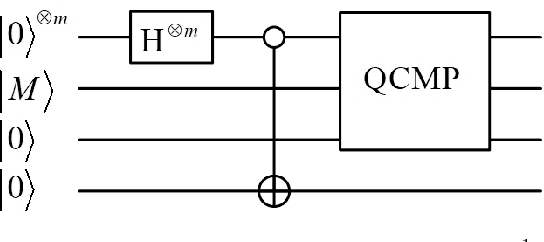
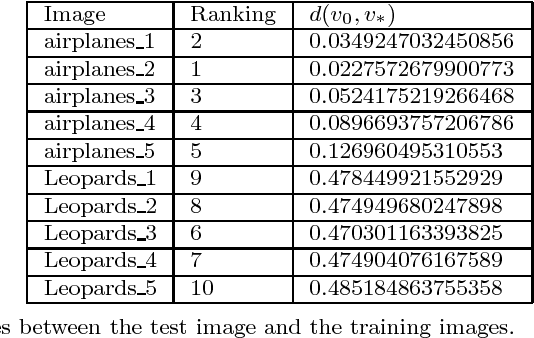
Abstract:Image classification is an important task in the field of machine learning and image processing. However, the usually used classification method --- the K Nearest-Neighbor algorithm has high complexity, because its two main processes: similarity computing and searching are time-consuming. Especially in the era of big data, the problem is prominent when the amount of images to be classified is large. In this paper, we try to use the powerful parallel computing ability of quantum computers to optimize the efficiency of image classification. The scheme is based on quantum K Nearest-Neighbor algorithm. Firstly, the feature vectors of images are extracted on classical computers. Then the feature vectors are inputted into a quantum superposition state, which is used to achieve parallel computing of similarity. Next, the quantum minimum search algorithm is used to speed up searching process for similarity. Finally, the image is classified by quantum measurement. The complexity of the quantum algorithm is only O((kM)^(1/2)), which is superior to the classical algorithms. Moreover, the measurement step is executed only once to ensure the validity of the scheme. The experimental results show that, the classification accuracy is 83.1% on Graz-01 dataset and 78% on Caltech-101 dataset, which is close to existing classical algorithms. Hence, our quantum scheme has a good classification performance while greatly improving the efficiency.
 Add to Chrome
Add to Chrome Add to Firefox
Add to Firefox Add to Edge
Add to Edge